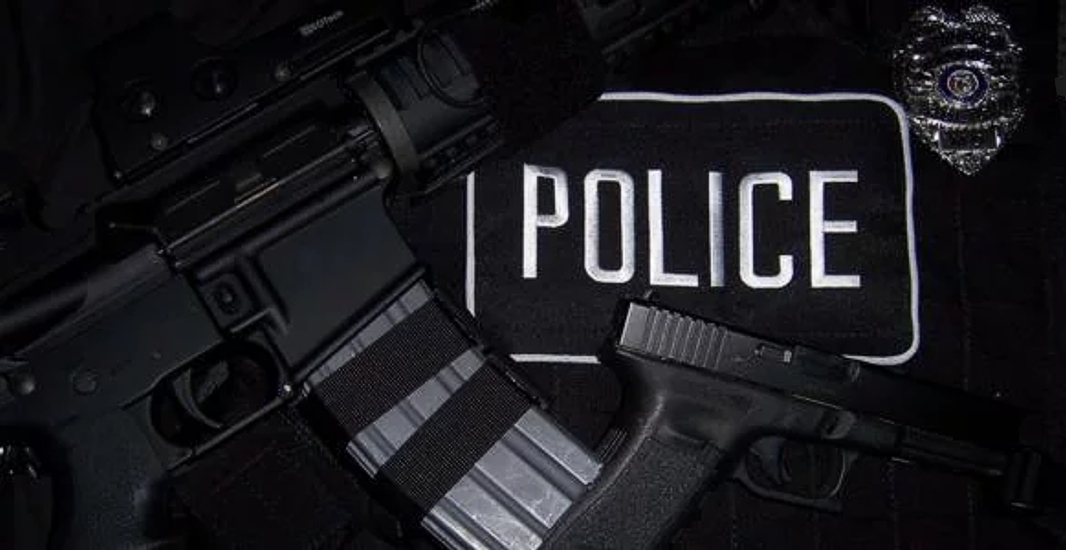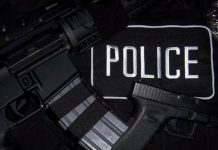A dilemma for officers is whether to be armed off duty or not.
Statistics on assaults against off-duty officers are given in a publication released yearly by the U.S. Department of Justice in its uniform Crime Reports series.
Based on it, in the ten-year period between 1986 and 1996 one out of every seven officers killed was off duty. The report breaks down the circumstances of the assaults even further. In that same 10-year time period, 88 officers were killed during robberies, a staggering 47 of those officers were off duty at the time.
A police officer is never truly off duty and no matter how he/she is dressed can be recognized because cops walk, talk and act like cops.
It is important that officer formulate survival tactics as more convenience store, fast food business and gas station robberies are being committed during the time when numerous patrons are present.
Before being caught up in an actual robbery the first rule of gunfighting is to have a gun.
An officer should always formulate a course of action on what to do if, when off duty, he/she comes upon criminal activity. It should be considered in two ways at a distance and up close from the parking lot or from inside the store. Time and distance will dictate whether the officer would have the luxury of summoning assistance or need for immediate action. Planning and preparing before the need to act occurs will help an officer avoid becoming next year’s statistic.
It is important to make plans with their spouses, should enforcement action be necessary, so the officer can function without having to worry about the spouse. On numerous occasions preplanning and practice has saved lives.
Criminals are constantly coming up with new and different ways to catch officers off guard. In Houston, Texas, deputy sheriffs have been shot to death in two separate incidents.
The deputies were attempting to make arrests of high-risk suspects by themselves.
With sidearms drawn, the deputies commanded the suspect to back away and put their hands behind their heads. The suspects complied. The suspects continued to cooperate as the deputies approached, holstering their pistols and unsnapping their cuff case.
Both suspects made their move just as the first cuff was snapped on their wrists. With their free hand each retrieved a pistol, one from his waistband and the other from a back pocket, and immediately fired backwards, over their shoulder. Both officers suffered fatal neck wounds.
Since the suspects didn’t actually turn their bodies to face the officers, their movements were not immediately interpreted as threatening. Both fled the scene with a handcuff still on their wrists.
Both suspects were later identified as gang members, and there is speculation that the shooting technique they employed is being taught within the membership of several local gangs.
Another incident involved a drunken man who rode into town on a horse and got upset when his gun was taken away by the female police chief.
The man pulled a second pistol tucked into a pouch strapped to his waist and shot her to death in her office. The shooting took place in front of her niece and nephew, who had come to the station after hearing about the disturbance.
They said he was just sitting in the chair and when she went to answer the phone he jumped up and shot her. He then put the pistol back into the pouch and left the building. He was apprehended later that day.
In Phoenix, Arizona, a striving drug trade and more armed suspects unafraid to use their weapons are contributing to a record number of shootings involving law enforcement officers. Eleven officers have been shot – two of them fatally.
Whether responding to a domestic violence call at a sprawling ranch in the cotton country or serving a warrant, officers are facing more armed encounters with perpetrators who have a total disregard for authority.
Phoenix has been recognized recently as America’s fastest growing metropolis, but it also is gaining unwanted recognition as a hub for the state’s expanding drug trade.
Most of the violence is related to the drug problem. Phoenix has experienced record seizures of narcotics, specifically methamphetamines, a homemade and highly addictive stimulant. The city has the highest number of methamphetamine users and home labs in the country. The city’s police officers bust meth labs on a daily basis and don’t even issue press releases anymore.
In Gwinnet County, Georgia, a law enforcement officer who worked as the courtesy officer at his apartment complex was shot in the neck when he responded to a demented person call. A male subject was shouting and screaming that he was God as he paced back and forth in front of a building. The officer responded and according to witnesses appeared to have calmed the man.
A short time later witnesses heard three gun shots. The officer was shot with his own gun after a short struggle with the suspect. The suspect was taken into custody at the scene.
Case after case reveals that when an officer lets down his guard even for a second, it allows the suspect to turn the tables.
On an average more than 62,000 law enforcement officers are assaulted each year and some 20,000 are injured annually.
While more officers are coming under fire there are positive steps that can be taken. The ten common errors can be studied and used to avoid the known pitfalls. Consistent practicing and role-playing will help keep officers diligent and alert.
Carrying a second weapon is an option. Carrying while off duty is another consideration. The carrying and concealment of a firearm at all times is not an easy task and may seem a burden, so an officer should chose a concealment weapon and holster system as though his life depends upon it it does.
A police officer’s ability to carry a concealed weapon is a privilege and responsibility not afforded to everyone. Officers should take steps and prepare now to avoid becoming next year’s statistic.
Be aware and go home safe and sound.









